News
October 2025
-
This summer, I had the great pleasure of returning to the field with Corinne (Coco) Audemard (VIMS, USA). Nearly thirty years ago, we worked together on Marteilia and its complex heteroxenous life cycle, a fascinating parasite of mollusks. Today, our research converges again around Vibrio — a remarkable scientific continuity across decades.
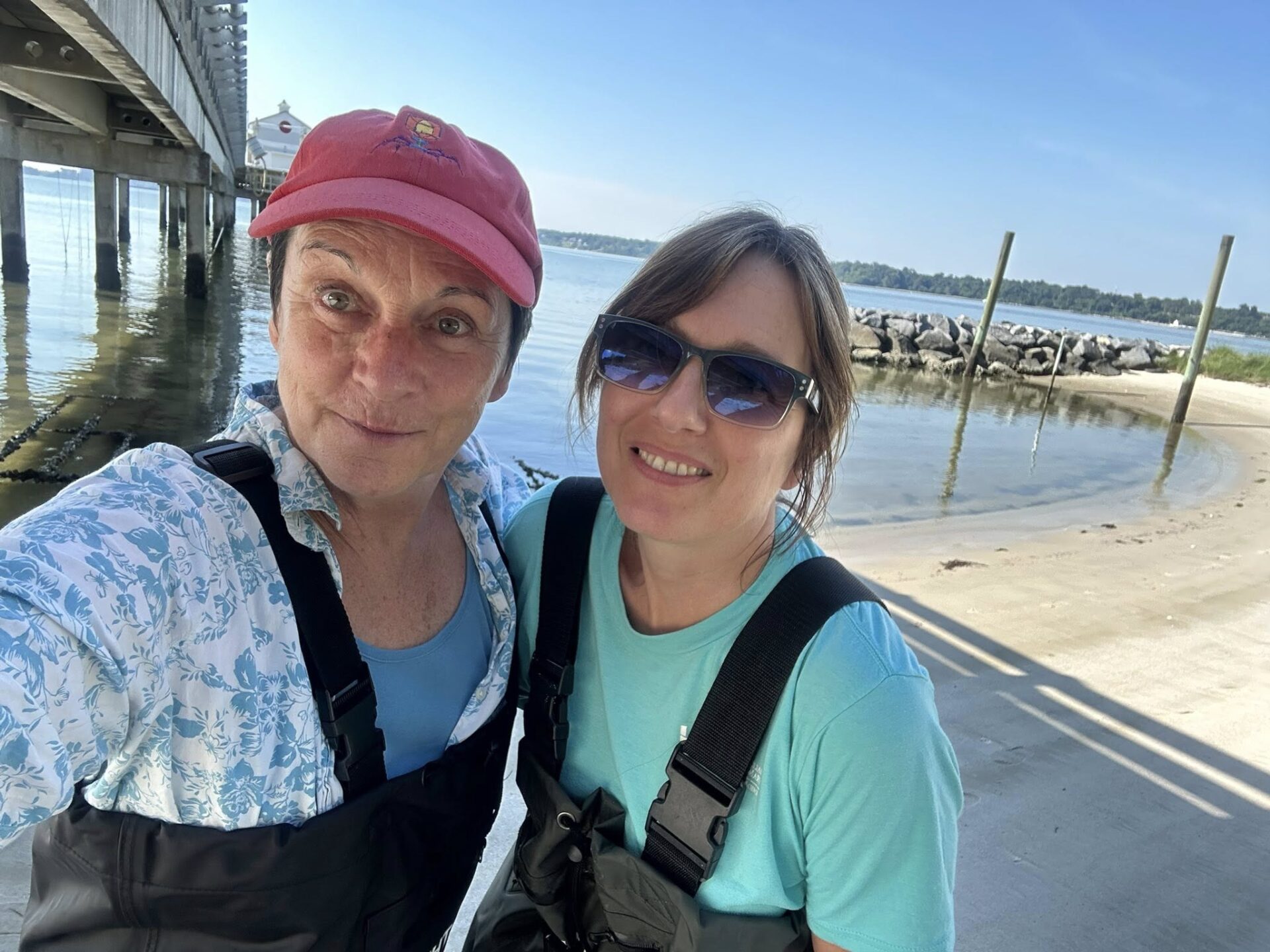
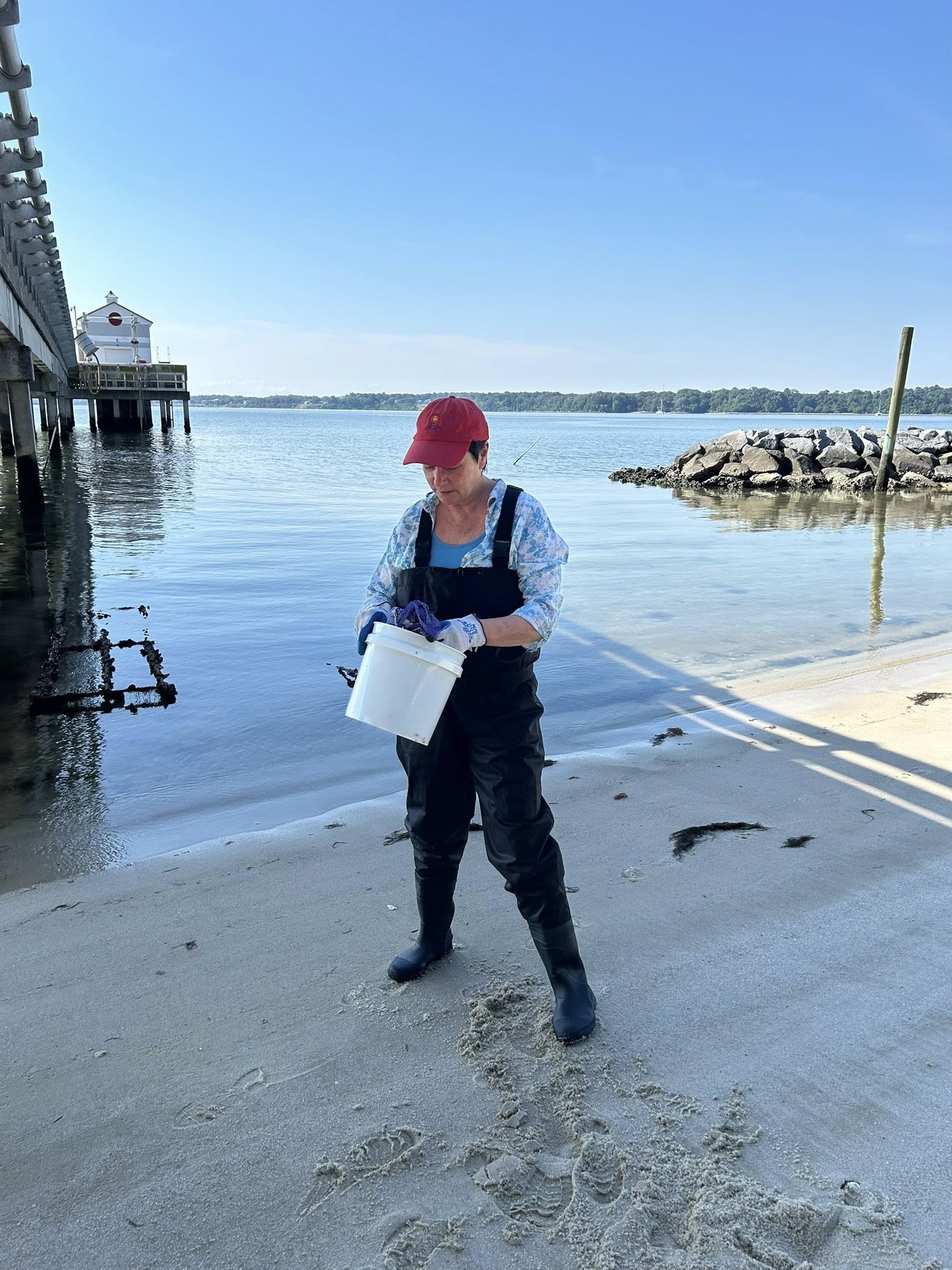
-
This conference offers a data-driven reflection on the challenges faced by trans people in academia, drawing on recent evidence and social observations.
Esteban will begin with a comparative statistical overview of graduates by gender identity (trans, cis, non-binary, etc.), highlighting persistent gaps in access to and success within higher education.
He will then explore the structural and institutional factors shaping these trajectories: the difficulty of obtaining legal recognition of gender identity, barriers related to infrastructure (bathrooms, forms, preferred names), and medical issues associated with transitions (including hormone treatments).
The talk will situate these realities within a broader context marked by the rollback of trans rights and policies in several countries, as well as a measurable decline in social tolerance toward trans people in recent years.
By tracing key milestones in the legal recognition of gender identities, Esteban will remind us how recent and fragile these advances remain.
Finally, he will shed light on the specific realities of academia — success rates, transition pathways during or after studies, and the lack of available data on these issues — inviting a collective reflection on how to make academic institutions truly inclusive for all.
-
Our new preprint is online!
A beautiful adventure led by Jeffrey Liang with collaborators from UdeM, Roscoff, and the Rocha lab at Institut Pasteur. -
Pavithra (Postdoctoral fellow, since September 2025) completed her PhD at the School of Chemical and Biotechnology, SASTRA Deemed University (India). Using genomics, bioinformatics, and evolutionary modelling, she explored how genetic parasites emerge, persist, propagate, and accumulate within bacterial genomes, shaping host population dynamics.
In the Le Roux Lab, she now focuses on the eco-evolutionary dynamics of Vibrio–phage interactions, combining bioinformatics and AI approaches — and proudly operates the most beautiful computer in the lab 😉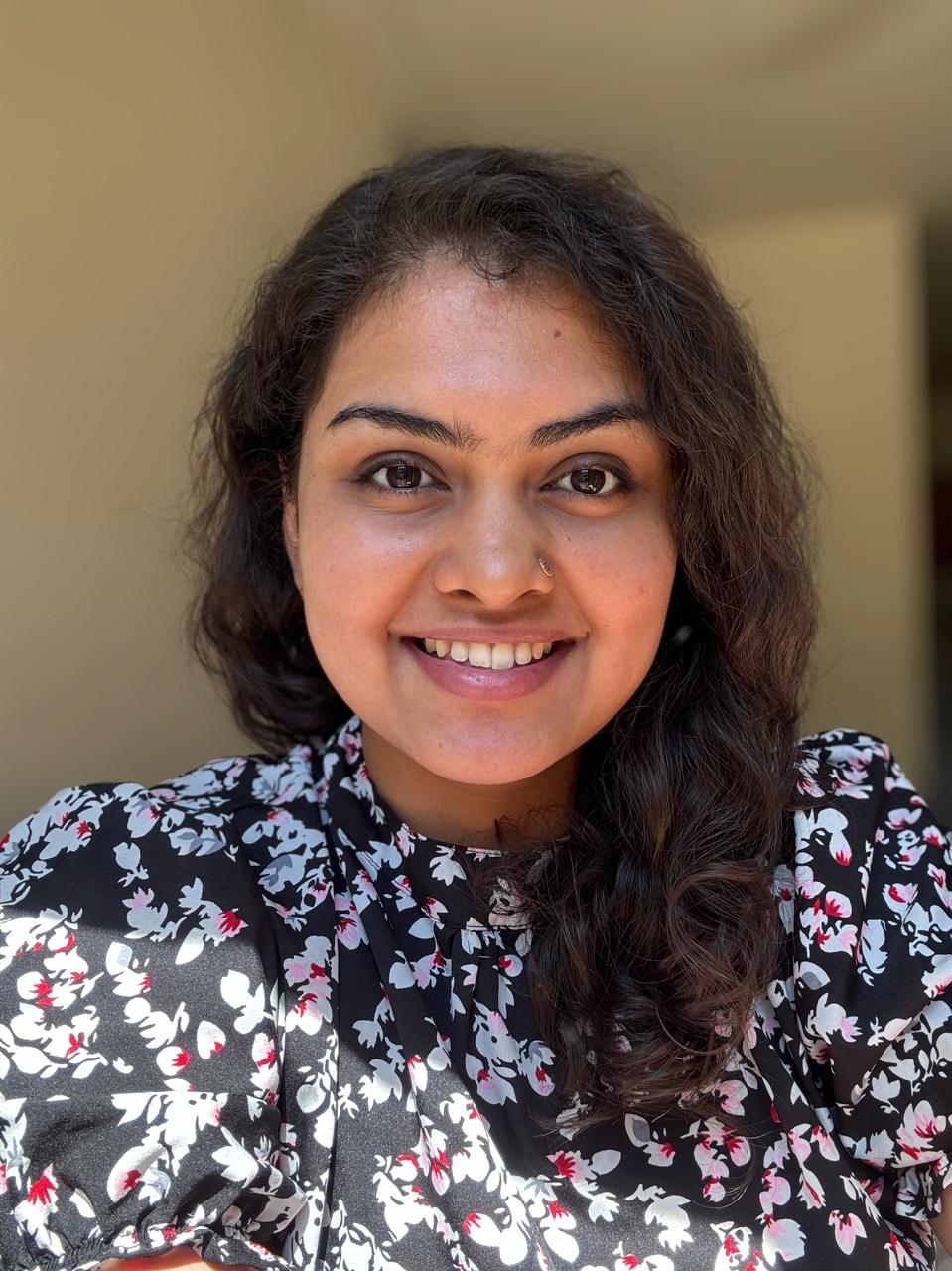
-
Nice discussions on every project, refreshing walks, and breathtaking landscapes on the road to Rimouski — fall was definitely here.
We were joined by two special guests: Damien Piel (from Alexander Harms’ lab) and mini Jack, the newest (and tiniest) member of the team.
Photo credit: Léa Zinsli.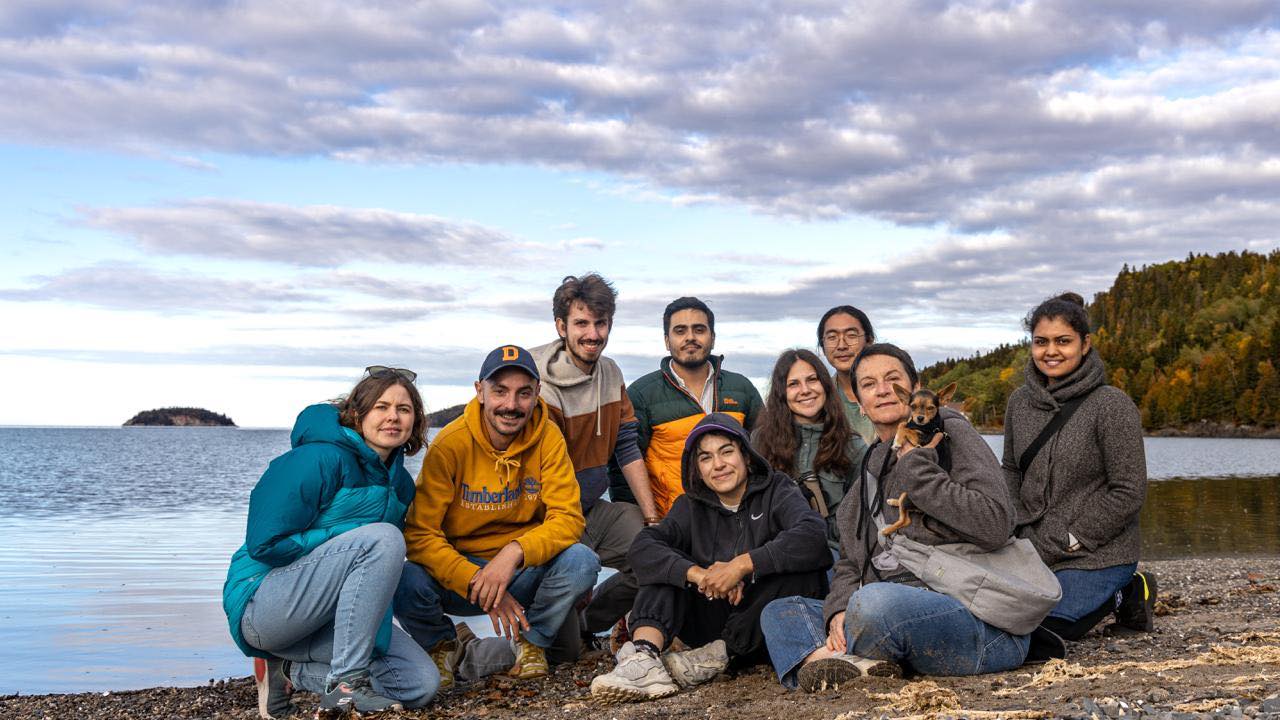
July 2025
-
There’s a park, located in the heart of Montreal, dedicated to those who have died of HIV/AIDS in Quebec!
Do you know this park?
Here’s a hint: it’s in the Village district, near Beaudry station.
The Parc de l’Espoir (that’s what it’s called!) has been around since 1991. Nestled at the corner of rue Panet and rue Sainte-Catherine, this park is much more than just a green space in Montreal’s Village. It’s a place of remembrance and contemplation, created as a tribute to those affected by HIV/AIDS in Quebec. It symbolizes the hope of a world without stigma, of a more supportive and better-informed society. Commemoratives plaques recall the lives lost, but also the courage of the communities that fought for dignity and rights. In the calm of its benches and the shade of its trees, Parc de l’Espoir invites us to reflect, to be compassionate – and to never forget.
The park was officially inaugurated in 1994, as a result of a movement to appropriate the area by mobilizing citizens and activists. It was last redesigned in 2021, following a public consultation. Today, a commemorative plaque is still present, in addition to a large motif on the ground. This large red ribbon integrated into the street furniture was inspired by the work of Keith Haring (1958-1990), a gay artist and leading figure of “graffiti art” and “neo pop art” in the USA in the 90s. This is a reference to the period in which the park was created.

Source: https://www.portailconstructo.com/actualites/inauguration_nouveaux_amenagements_au_parc_l_espoir
To find out more:
- A bit of history on Parc de l’Espoir:
- https://historicplacesdays.ca/fr/lieux/parc-de-lespoir/
- https://montreal.ca/lieux/parc-de-lespoir
- A little history of LGBTQ rights in Quebec:
- timeline of struggles and LGBTQ+ rights in Quebec: https://chairedspg.uqam.ca/ligne-temps/
- https://cdn-contenu.quebec.ca/cdn-contenu/adm/gouv/homophobie-transphobie/FE-feuillet-Chronologie-LGBTQplus-QC-Ca-FR-SCF.pdf
- https://www.youtube.com/watch?v=4kCvaf66mPo
- More broadly on the LGBTQ community: Queer, a graphic history => at the health library and in the City of Montreal library network
On August 10, the Montreal Pride Parade will celebrate the rights of the LGBTQIA+ community. To find out about other Pride events, click here: https://fiertemontreal.com/fr/festival/evenements
June 2025
-
The flag and coat of arms of the city of Montreal include an indigenous symbol!
Can you guess which symbol it is? Here is the flag of Montreal:

Maybe you’ve already noticed, but since September 13, 2017, at the center of the flag of the city of Montreal is a white pine tree. This tree is an important symbol in Aboriginal culture: it represents peace, harmony and concord, whose roots extend so that peoples can find the path to peace and close the weapons of war once peace has been established.
This white pine icon was added in honor of the Mohawks still living around the island of Montreal, to underline their contribution to the creation of the city of Montreal. The white pine is placed in the center of the flag to represent the link with indigenous peoples.
To go further
For more information on the flag of the city of Montreal, visit the city’s website: https://ville.montreal.qc.ca/memoiresdesmontrealais/les-autochtones-montreal
A little more on the meaning of the white pine: https://www.youtube.com/watch?v=onwrGW8kRE4
A quick answer from Melissa Mollen Dupuis in Paroles Autochtones about this symbol on the flag: https://www.youtube.com/watch?v=ajjzfCfeI4o
May 2025
-
and have team meeting with her
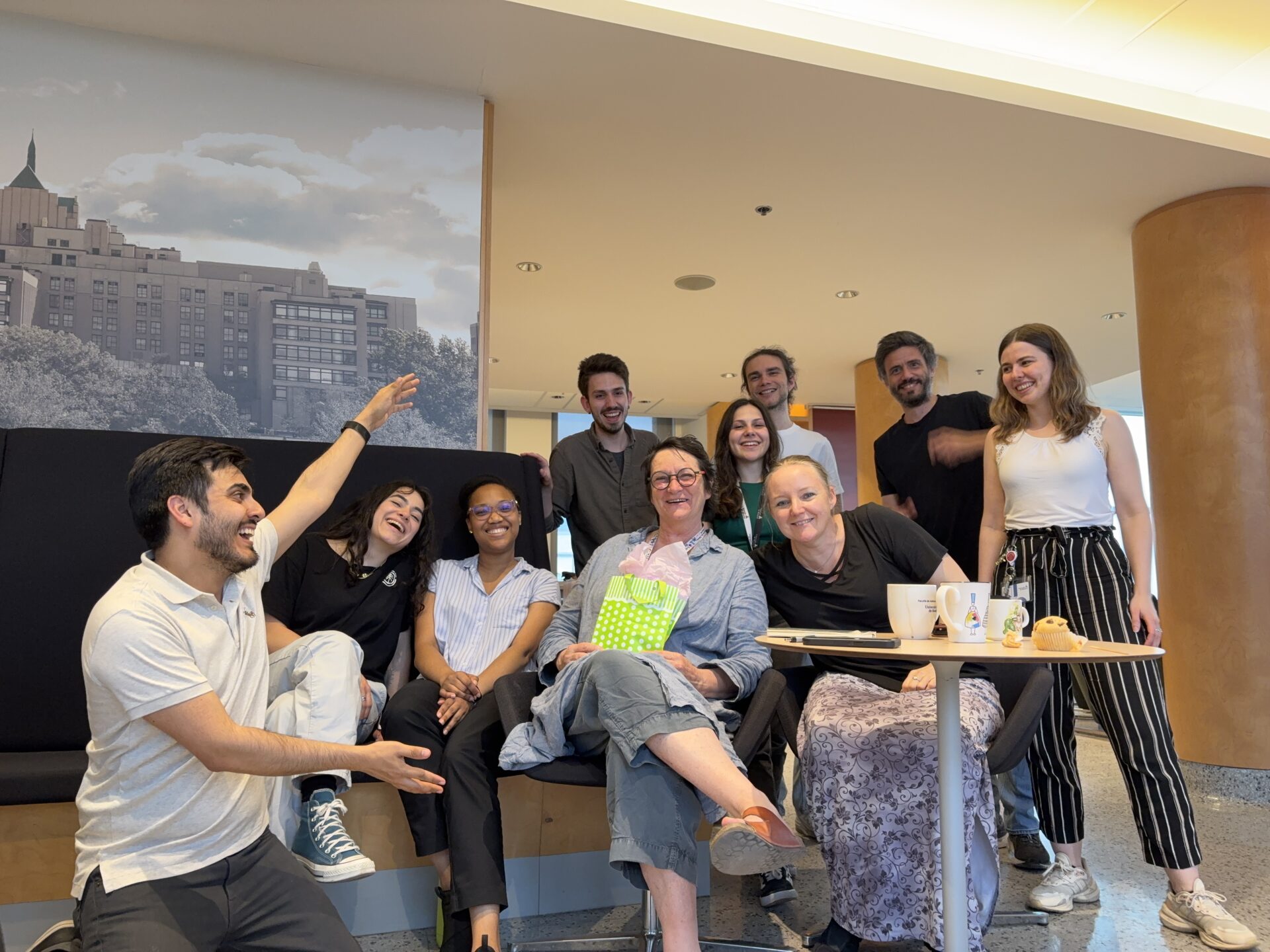
-
led by two talented PhD students, Baptiste Darracq and Eloi Littner. Always a pleasure to collaborate with Celine Loot, Eduardo Rocha, and Didier Mazel from the Pasteur Institute, Paris.
Darracq B, E. Littner, M. Brunie, J. Bos, P.-A. Kaminski, F. Depardieu, W. Slesak, K. Debatisse, M. Touchon, A. Bernheim, D. Bikard, F. L. Roux, D. Mazel, E. P. C. Rocha and C. Loot (2025). Sedentary chromosomal integrons as biobanks of bacterial anti-phage defence systems. Science 8 May. www.science.org/doi/10.1126/…
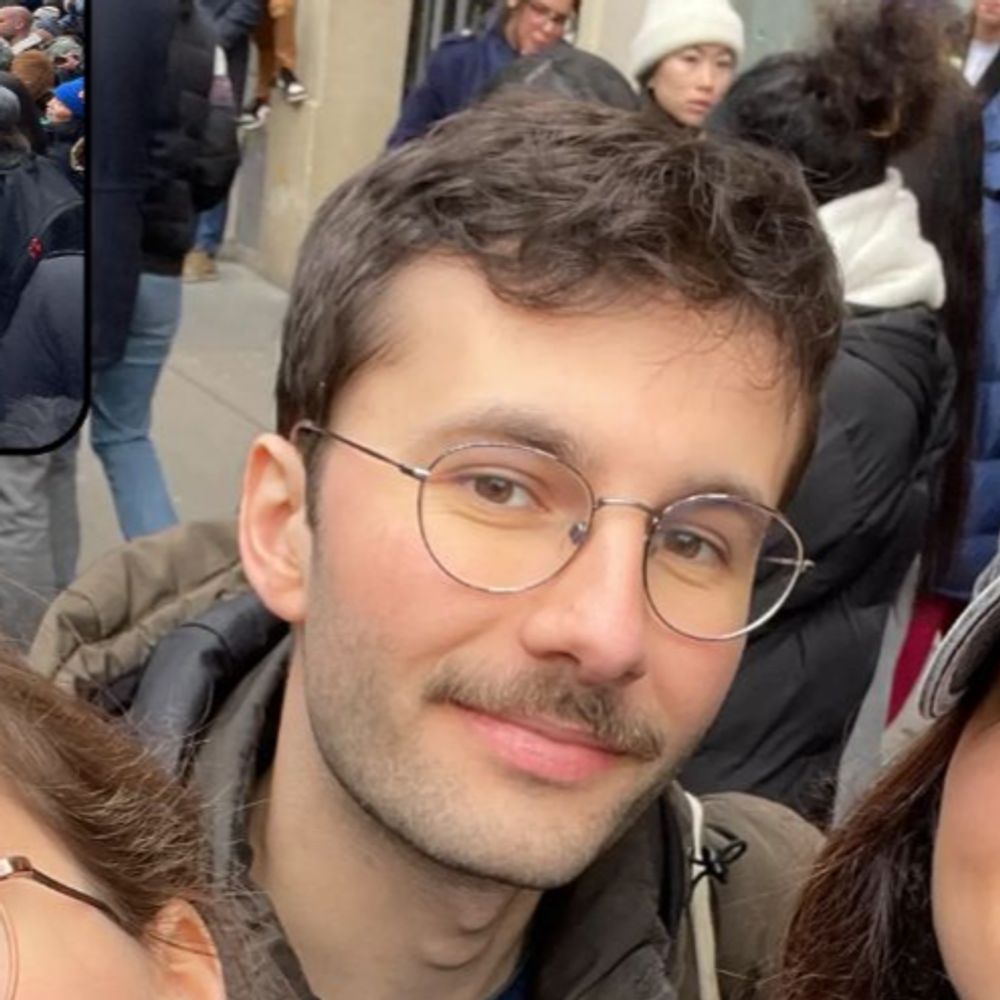

-
Bernard C, Labreuche Y, C. Diarra C, Daszkowski P, Cahier K, Goudenege D, Lamarche MG, Whitfield GB, Lang M, Valencia J, Groseille J, Piel D, Lee YJ, Weigele P, Brun YV, Rocha EPC and F. Le Roux (2025). Adaptive genomic plasticity in large-genome, broad-host-range vibrio phages. ISME J 19(1).
https://academic.oup.com/ismej/article/19/1/wraf063/8106547
A piece of work passed like a baton between two lives — one in Roscoff, the other in Montréal — with the help of wonderful collaborators!
